24+ Years Experience
Specialist Epoxy Resin Flooring

Enquire Today For A Free No Obligation Quote
Understanding Epoxy Resin Flooring
Epoxy resin flooring has become increasingly popular in various industrial and commercial settings due to its durability, chemical resistance, and aesthetic appeal. However, it is essential to prioritize safety in areas with epoxy resin flooring to prevent accidents and protect the well-being of individuals within these spaces.
Why Safety is Important in Areas with Epoxy Resin Flooring
Safety is of utmost importance in areas with epoxy resin flooring to minimize the risk of accidents and injuries. The presence of potential hazards can arise from various factors such as chemical exposure, slip and fall incidents, and fire hazards. Taking proactive measures to address these hazards is crucial to ensure a safe environment for everyone.
Identifying Potential Hazards
To ensure safety in areas with epoxy resin flooring, it is essential to identify and address potential hazards. These hazards may include:
Implementing Safety Measures
To ensure safety in areas with epoxy resin flooring, several safety measures should be implemented. These may include:
Training and Education
Proper training and education are essential for individuals working in or occupying areas with epoxy resin flooring. This includes educating personnel on handling chemicals safely, promoting awareness of slip and fall hazards, and providing training in fire safety protocols.
Maintaining a Safe Environment
Maintaining a safe environment involves regular inspections of the epoxy resin flooring to identify any signs of deterioration or hazards. Prompt cleaning and spill response procedures should be in place to prevent accidents and ensure the longevity of the flooring.
Dealing with Accidents and Incidents
Being prepared to deal with accidents and incidents is essential in ensuring the safety of individuals within areas with epoxy resin flooring. Establishing first aid procedures and promptly investigating and reporting incidents can aid in preventing future reoccurrences and improving overall safety.
Regular Evaluation and Improvement
Regular evaluation and improvement of safety measures are necessary to address any emerging risks and challenges. Periodic assessments of the safety protocols and adjusting them accordingly contribute to maintaining a safe environment in areas with epoxy resin flooring.
Epoxy resin flooring is a durable and versatile option for many industrial and commercial spaces. It is important to understand epoxy resin flooring to ensure its safety and effectiveness. Here are some key points to consider:
Understanding epoxy resin flooring allows for informed decision-making when choosing the right flooring solution for your specific needs.
Why Safety is Important in Areas with Epoxy Resin Flooring
Safety is crucial in areas with epoxy resin flooring for various reasons. Epoxy resin has a tendency to become slippery when wet, increasing the risk of slips and falls. Additionally, the installation or damage of epoxy resin can release fumes that may potentially cause respiratory issues. Moreover, epoxy resin can react adversely with certain chemicals, leading to chemical reactions or degradation if not handled properly. In areas where heavy machinery or equipment is present, prioritising safety measures is essential to prevent accidents or damage to the flooring. It is important to give utmost importance to safety by implementing proper maintenance, conducting regular inspections, and providing necessary protective equipment to minimise potential risks.
Fact: According to a study conducted by the Centre for Construction Research and Training, slips, trips, and falls accounted for 21% of all construction-related fatalities from 2011 to 2015.
Identifying Potential Hazards
Unveiling the potential risks lurking in areas with epoxy resin flooring. We will now discuss the hazards that you need to be aware of. We will cover chemical risks that demand caution as well as the slippery slopes that can lead to trouble. Additionally, we will also address the dangers of fire that may be silently waiting to spring forth. Join us as we navigate the realm of epoxy resin safety, armed with knowledge and vigilance.
Chemical hazards are a significant concern in areas with epoxy resin flooring. It is essential to be aware of these hazards and take the necessary precautions. The following table summarizes the different types of chemical hazards and the corresponding safety measures:
| Chemical Hazards | Safety Measures |
| 1. Harmful fumes from chemicals | – Ensure proper ventilation – Use appropriate respiratory protection – Store chemicals in a well-ventilated area |
| 2. Skin and eye contact with chemicals | – Wear appropriate personal protective equipment (PPE) such as gloves and safety goggles – Implement strict hygiene practices – Provide emergency eyewash stations |
| 3. Chemical spills | – Have spill response kits readily available – Train employees on proper spill response procedures – Clean up spills promptly and dispose of waste properly |
To ensure safety in areas with epoxy resin flooring, it is crucial to prioritize the following:
Implementing these measures will help minimise the risks associated with chemical hazards in areas with epoxy resin flooring.
Slip and fall hazards are a common concern in areas with epoxy resin flooring. It is important to implement safety measures to prevent accidents and injuries. Here are some measures to consider:
By following these suggestions, you can create a safer environment and minimise the risk of slip and fall incidents in areas with epoxy resin flooring.
Epoxy resin flooring can present fire hazards if not handled and maintained correctly. It is important to be aware of potential fire risks and take appropriate safety measures. Some common fire hazards associated with epoxy resin flooring include the use of flammable solvents during installation, electrical malfunctions, and improper storage of combustible materials. To mitigate these risks, ensure proper ventilation in the area, regularly inspect electrical equipment, and store flammable materials in designated areas away from heat sources. In the event of a fire, it is crucial to have fire extinguishers, smoke detectors, and an emergency evacuation plan in place. Fun Fact: According to the National Fire Protection Association, there were an estimated 1.3 million fires reported in the United States in 2020.
Implementing Safety Measures
When it comes to safety in areas with epoxy resin flooring, it is crucial to implement the right safety measures. This section explores the key aspects of creating a safe environment. We will discuss ensuring proper ventilation, the importance of wearing personal protective equipment, and being prepared for emergencies. We will delve into the essential steps you need to take to safeguard yourself and others in areas with epoxy resin flooring. Let’s begin your journey towards a secure workspace.
Implementing Safety Measures
When it comes to safety in areas with epoxy resin flooring, it is crucial to implement the right safety measures. This section explores the key aspects of creating a safe environment. We will discuss ensuring proper ventilation, the importance of wearing personal protective equipment, and being prepared for emergencies. We will delve into the essential steps you need to take to safeguard yourself and others in areas with epoxy resin flooring. Let’s begin your journey towards a secure workspace.
Proper ventilation is essential in areas with epoxy resin flooring to ensure a safe and healthy environment. To achieve proper ventilation, follow these steps:
Wearing appropriate personal protective equipment (PPE) is essential when working in areas with epoxy resin flooring to reduce the risk of accidents and injuries. Here are some essential PPE items to consider:
Remember to properly train employees on the correct use and maintenance of PPE, and regularly evaluate and improve safety measures. By prioritising safety and using appropriate PPE, you can create a safer environment for everyone working with epoxy resin flooring.
Emergency preparedness is essential in areas with epoxy resin flooring to ensure the safety of workers and minimise the risk of accidents. Here are the key steps to implement effective emergency preparedness measures:
– Develop an emergency response plan that includes procedures for different types of emergencies.
– Train employees on emergency protocols, such as evacuation routes, first aid procedures, and contacting emergency services.
– Regularly inspect and maintain safety equipment, including fire extinguishers, emergency alarms, and emergency lighting.
– Create clear communication channels to quickly alert employees during emergencies.
– Conduct drills and simulations to practice emergency response and identify areas for improvement.
– Review and update the emergency response plan periodically to adapt to changing circumstances.
By proactively preparing for emergencies, organisations can protect employees and respond effectively to unexpected situations.
Training and education are essential for ensuring safety in areas with epoxy resin flooring. Effective training programmes provide workers with the necessary knowledge and skills to handle materials, use protective equipment, and follow safety protocols. Ongoing education ensures that individuals remain up-to-date on the latest safety practices and regulations. These training programmes raise awareness about potential hazards and teach workers how to effectively mitigate risks. Employers should invest in comprehensive training and education initiatives to promote a safe working environment for everyone involved. Regular refresher courses and workshops are also recommended to reinforce knowledge and cultivate a culture of safety.
To maintain a safe environment in areas with epoxy resin flooring, it is important to take certain precautions. These include conducting regular inspections to identify any potential hazards, promptly cleaning the area to prevent slips and falls, and establishing an effective spill response plan. By implementing these measures, we can ensure the safety of all individuals within the space and minimize the risk of accidents. It is crucial to adopt a proactive approach to safety when dealing with areas that have epoxy resin flooring.
Regular inspections are crucial for maintaining safety in areas with epoxy resin flooring. These inspections help identify any potential hazards or maintenance issues that may arise, allowing for early detection and prompt resolution of problems. This ensures a safe environment for workers and visitors. During inspections, it is important to check the flooring surface for any cracks, scratches, or wear and tear. It is also crucial to inspect the surrounding areas for proper signage, lighting, and emergency exits. By conducting regular inspections, businesses can proactively address safety concerns and prevent accidents.
Interesting fact: Did you know that regular inspections can help businesses comply with safety regulations and reduce liability risks?
Prompt cleaning and spill response is essential for maintaining a safe environment in areas with epoxy resin flooring. Here are the steps to follow:
Fact: Did you know that prompt cleaning and spill response can significantly reduce the risk of accidents and injuries in workplaces with epoxy resin flooring?
Respond back in this format: formatted_text
When it comes to accidents and incidents in areas with epoxy resin flooring, it is important to be prepared. This section will focus on two crucial aspects: first aid procedures and investigating/reporting incidents. We will explore the necessary steps to provide timely and effective first aid, ensuring the safety and well-being of everyone involved. We will also discuss the importance of thorough investigations and accurate reporting, enhancing understanding and preventing future incidents. Let’s equip ourselves with the knowledge to handle any unforeseen circumstances with confidence.
Investigating and reporting incidents in areas with epoxy resin flooring is essential for maintaining safety. To effectively handle incidents, follow these steps:
Regular evaluation and improvement are crucial for ensuring safety in areas with epoxy resin flooring. By regularly assessing the condition of the flooring, potential hazards can be identified and promptly addressed. This includes checking for any cracks, damaged areas, or slippery surfaces. Necessary improvements can then be made, such as repairing any damages or applying anti-slip coatings. Evaluating the effectiveness of safety measures, like signage and barriers, can help determine if any adjustments are necessary. Regular evaluation and improvement create a safer environment for individuals working or walking on epoxy resin flooring.
Maintaining the appearance and prolonging the life of epoxy resin flooring in high traffic areas requires regular cleaning and maintenance. Sweeping the floor daily with a soft brush and washing it with a detergent solution once a week can prevent damage. However, if the traffic is particularly heavy, more frequent cleaning may be necessary.
Preventing damage is key to maintaining the integrity of epoxy resin flooring. This can be achieved by promptly cleaning any spills with a damp cloth, especially those containing solvents, caustics, or acids. Immediate action can help avoid permanent damage to the floor surface.
Working with formulated epoxy compounds requires proper training and precautions to ensure safety. It is crucial to understand the importance of handling these compounds carefully and avoiding direct contact with the skin. Personal cleanliness, including washing hands thoroughly before and after work with mild soap (without abrasive scrubbers) and avoiding irritating solvents, is essential.
Fully cured epoxy compounds are inert and not toxic, but precautions should still be taken to prevent inhalation of dust generated from grinding or cutting. It is important to ensure proper ventilation at the point of work with forced draft ventilation. Good housekeeping practices, such as using disposable wipers instead of rags and maintaining proper ventilation, can help minimize the risk of dust inhalation.
When working with epoxy compounds, it is important to protect exposed skin areas. This includes changing soiled clothing frequently, wearing coveralls or shirts with long sleeves, and using rubber or disposable gloves over protective cream. Goggles or face shields should also be worn to protect the eyes from splashes. In case of splash exposure, immediate washing with clean water is necessary.
Disposable plastic or paper containers should be used to mix small quantities of epoxy compounds, and drums and containers should be properly disposed of and not reused. Good housekeeping practices also include using fresh solvents for cleaning, avoiding soiled rags, and protecting clothing and work areas. Proper disposal of containers and maintaining a clean work area is essential to ensure safety.

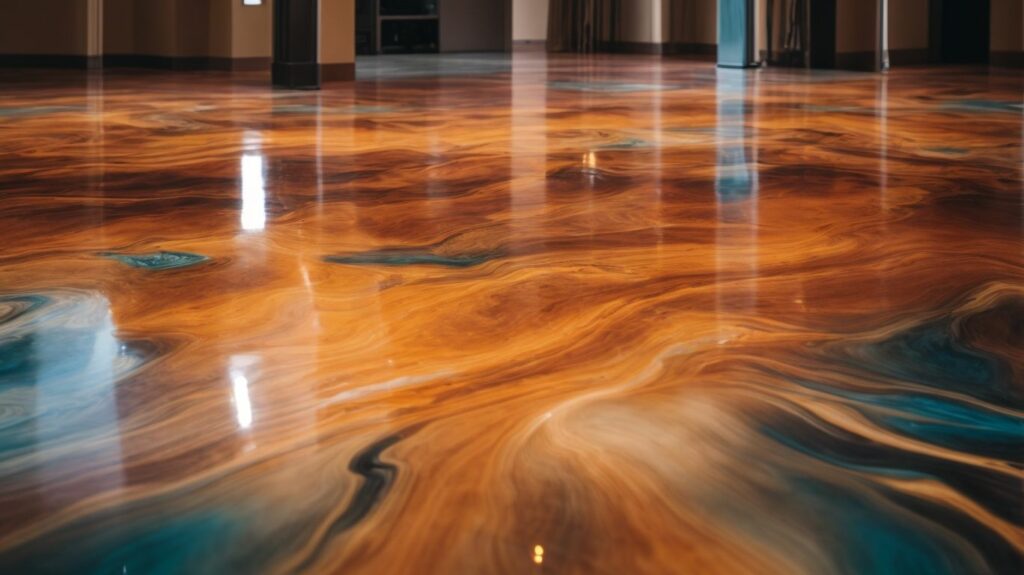
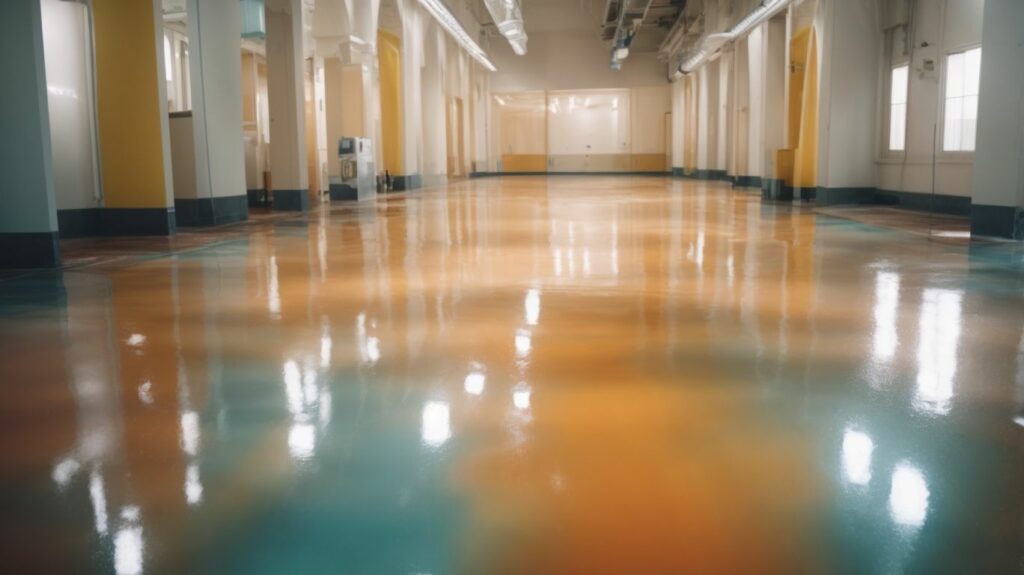





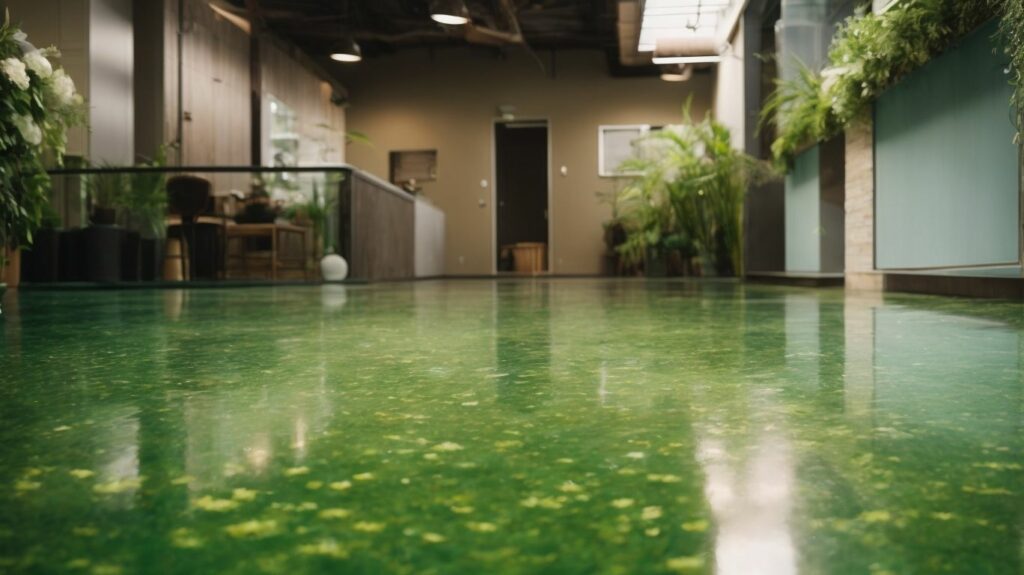

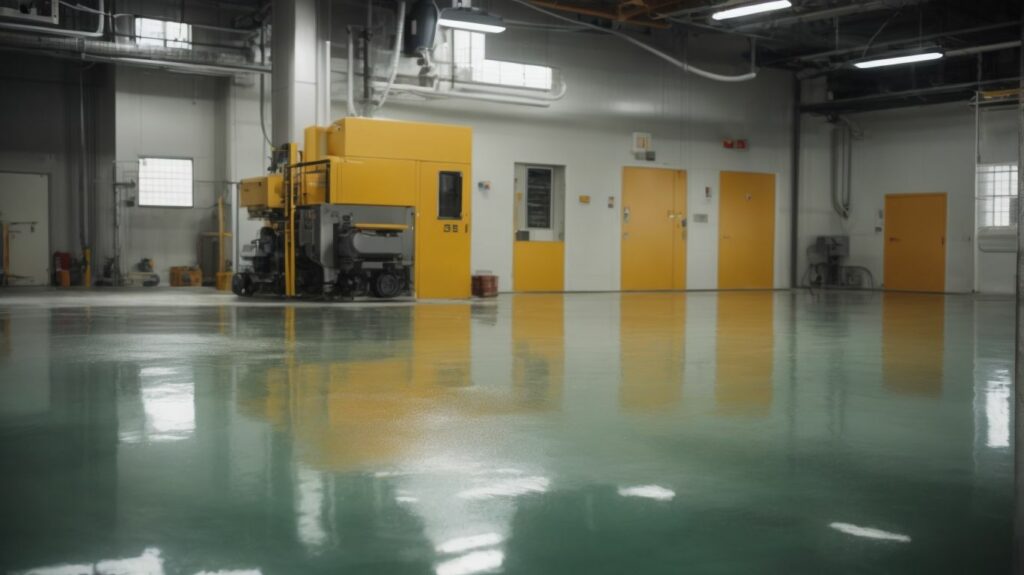






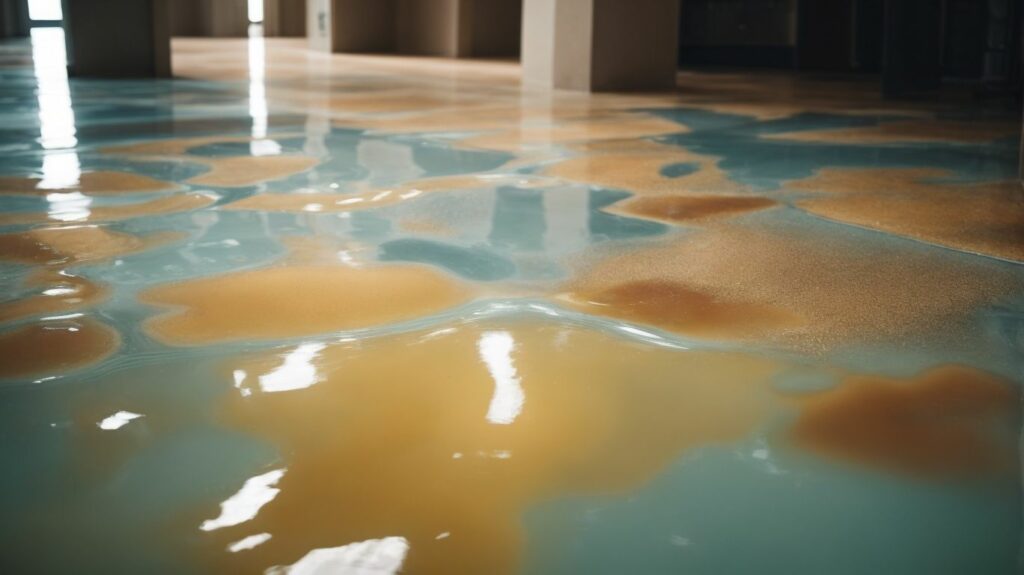
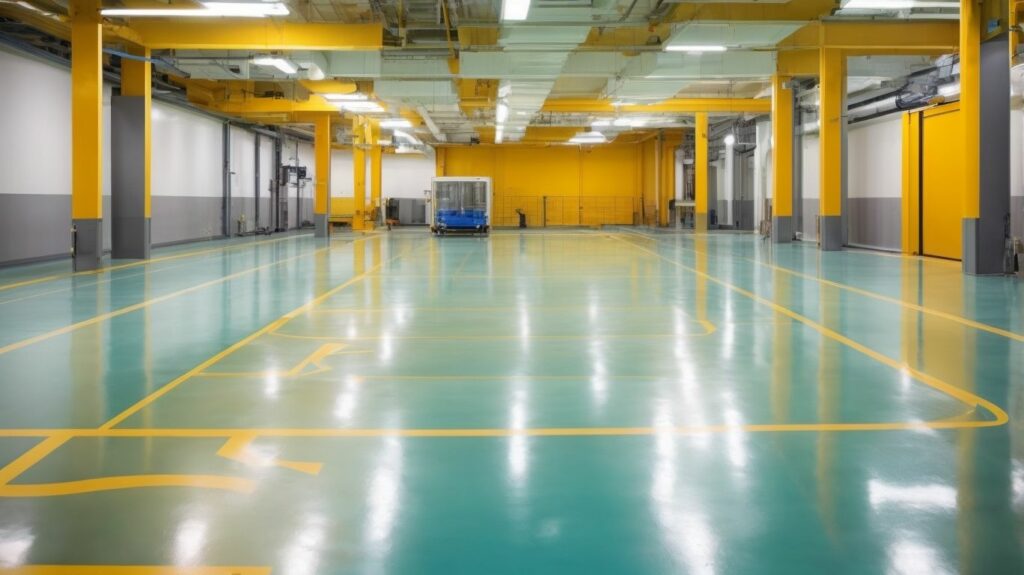


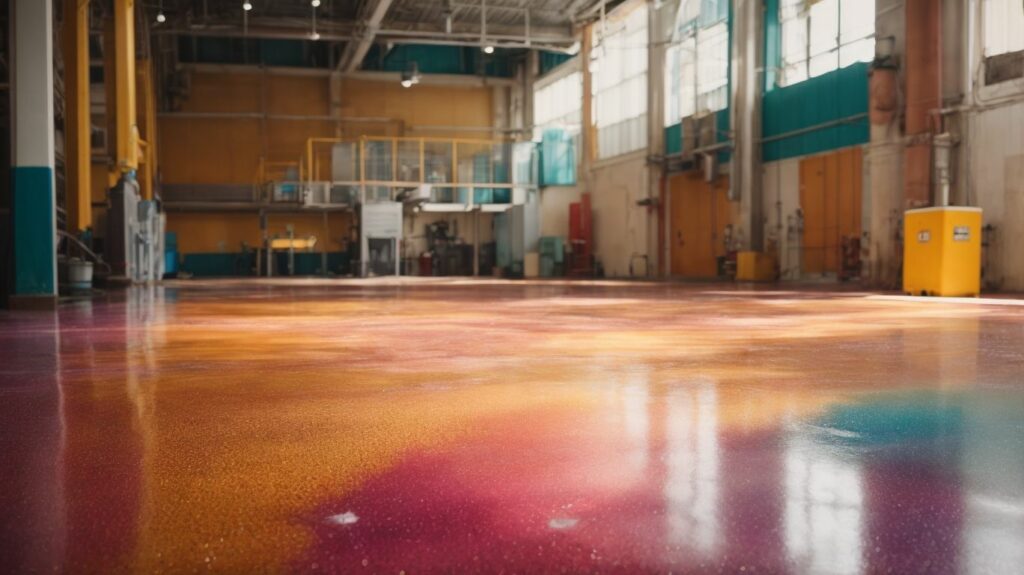
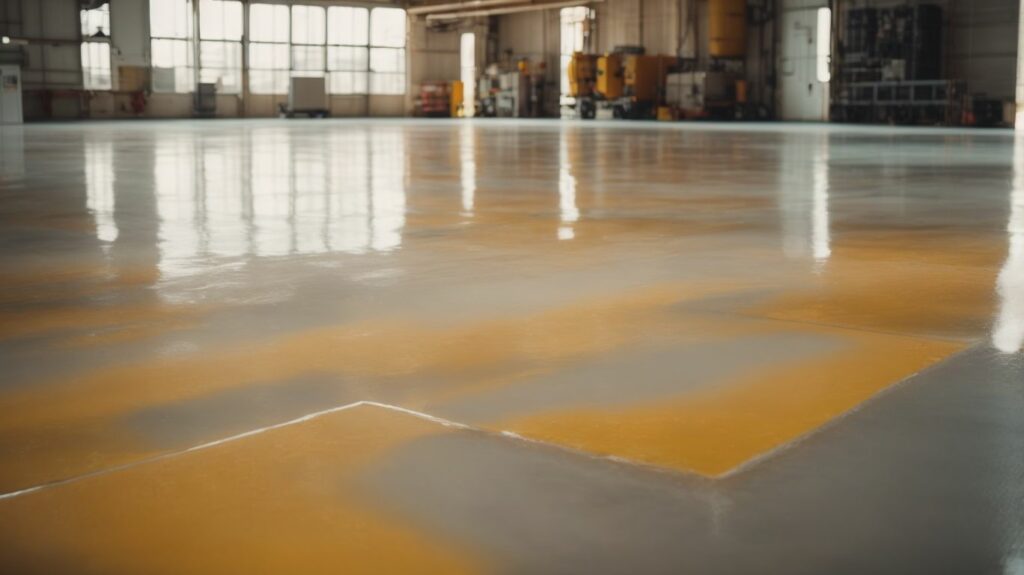
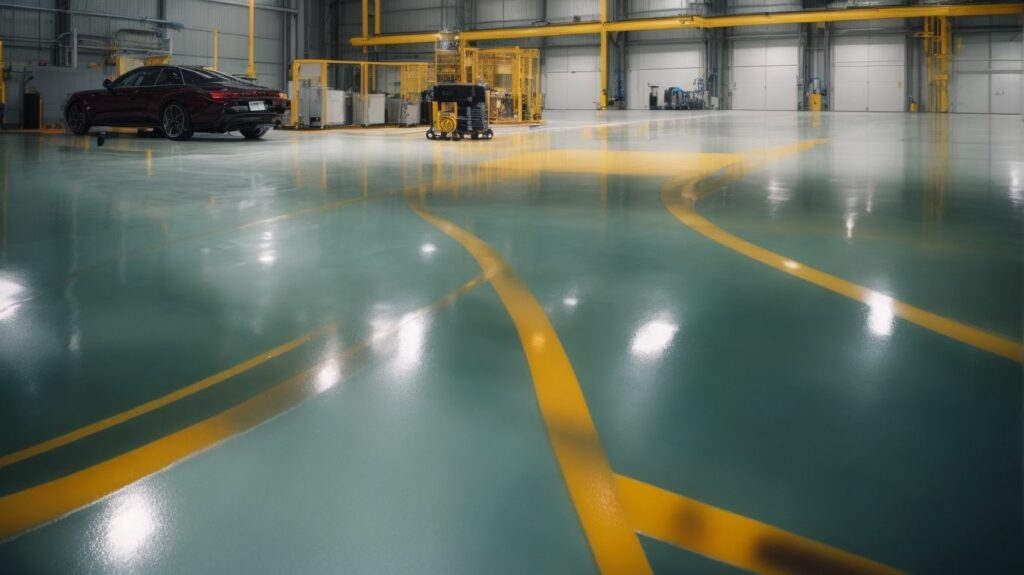



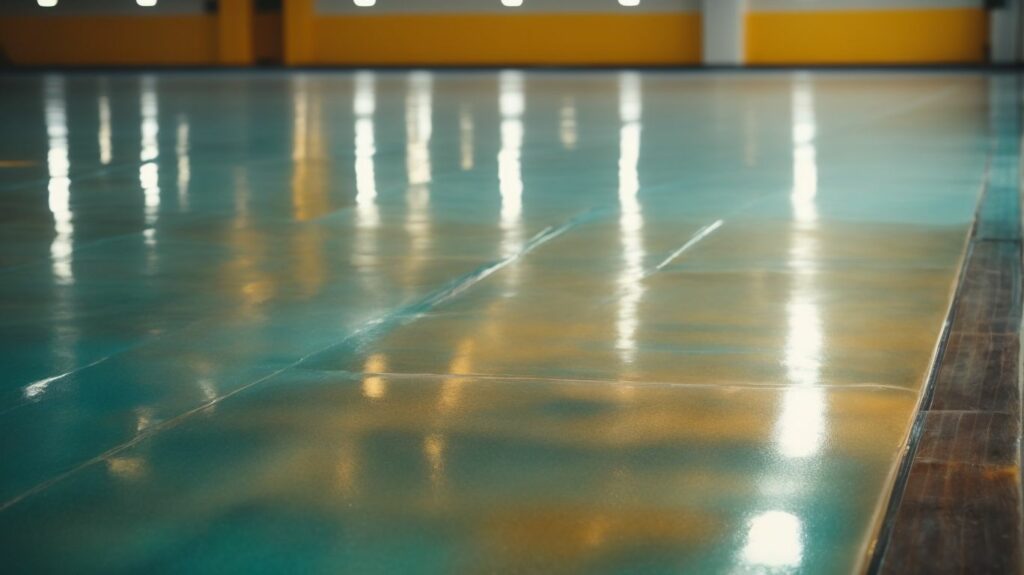


We Aim To Reply To All Enquiries With-in 24-Hours